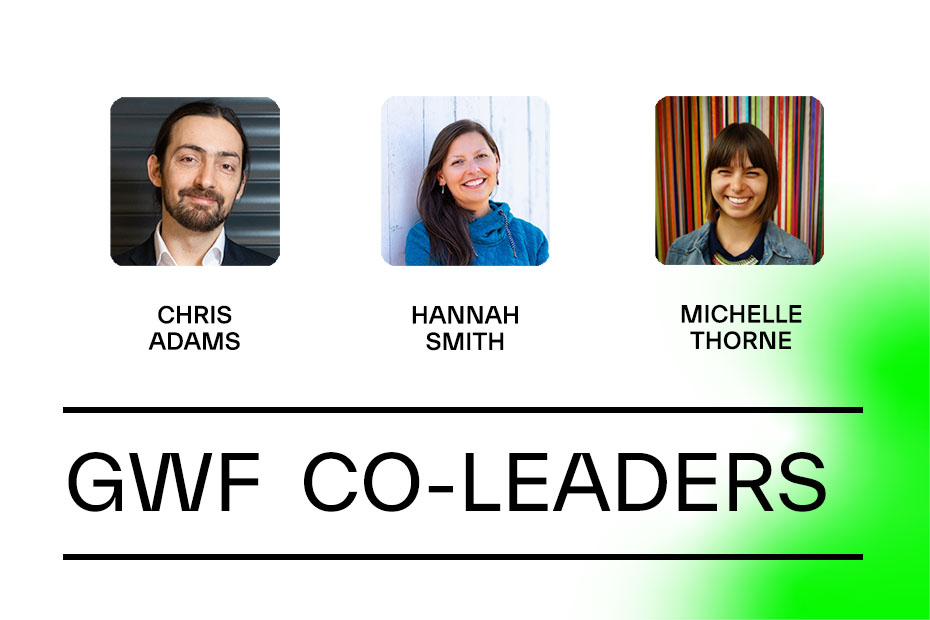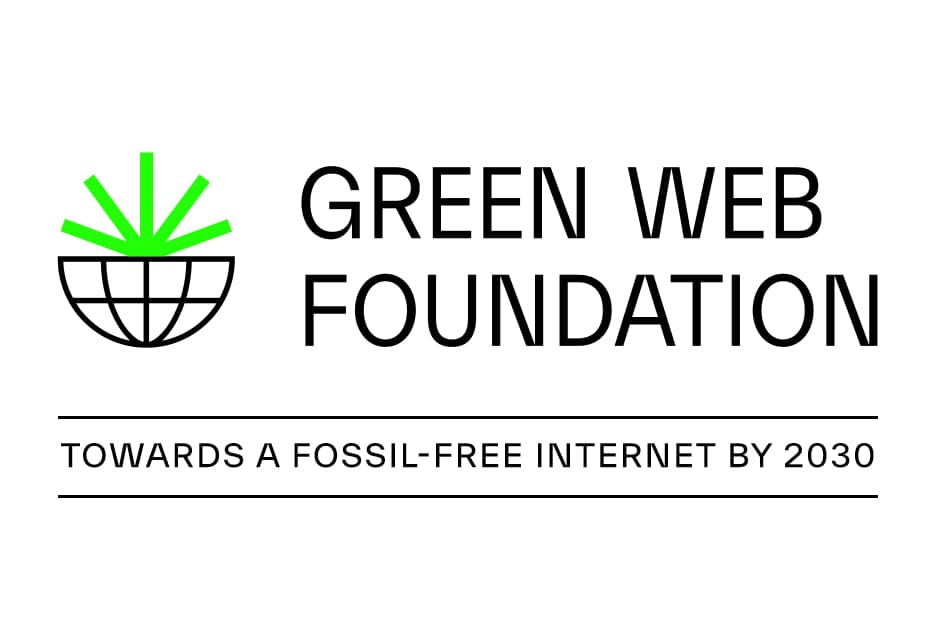Around this time last year, we introduced our new board at Green Web Foundation, and the separate governance layer that it represented as the organisation matured. Since then, one of the key internal projects where their guidance has been invaluable has been our formalisation of a co-leadership model, instead of relying on a single executive director for management decisions. In this post, Chris, former Executive Director and newly minted Director of Technology and Policy, explains the changes.
What’s changed?
Simply put, there’s no longer a single executive director role at Green Web Foundation. Instead there is a co-leadership team, consisting of Chris Adams, Hannah Smith and Michelle Thorne who all carry equal decision making weight and responsibility.
For the outside world, this renaming should remove any implied difference in seniority between an executive director and other directors in the leadership team.
We have a set of shared responsibilities as co-leaders which are cross cutting. These include things like risk management, business planning, work culture, partnership management, public advocacy and compliance.
A decision made by any of us carries the same weight as if we all made it – this clarity is important when you have staff who might report to you. In addition each of us have our own specialised portfolios, with accordingly updated job descriptions, that play to our strengths.
If you’re not sure who to contact about a query, the simplest option if you don’t want to reach out to one of us directly is to use our trusty contact form on our site – we triage inbound requests daily, and it’s the most reliable way to get your query sent to the right person.
Who is doing what?
In alphabetical order
Green Web Co-leadership Team
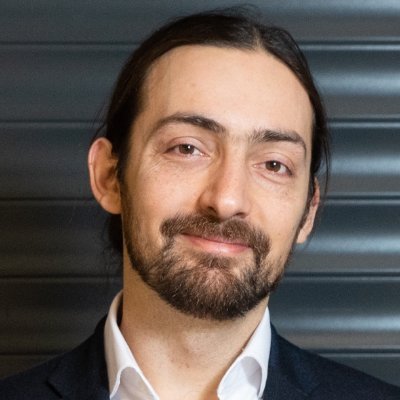
Chris Adams
Director of Tech & Policy
Responsible for: policy, technology and research
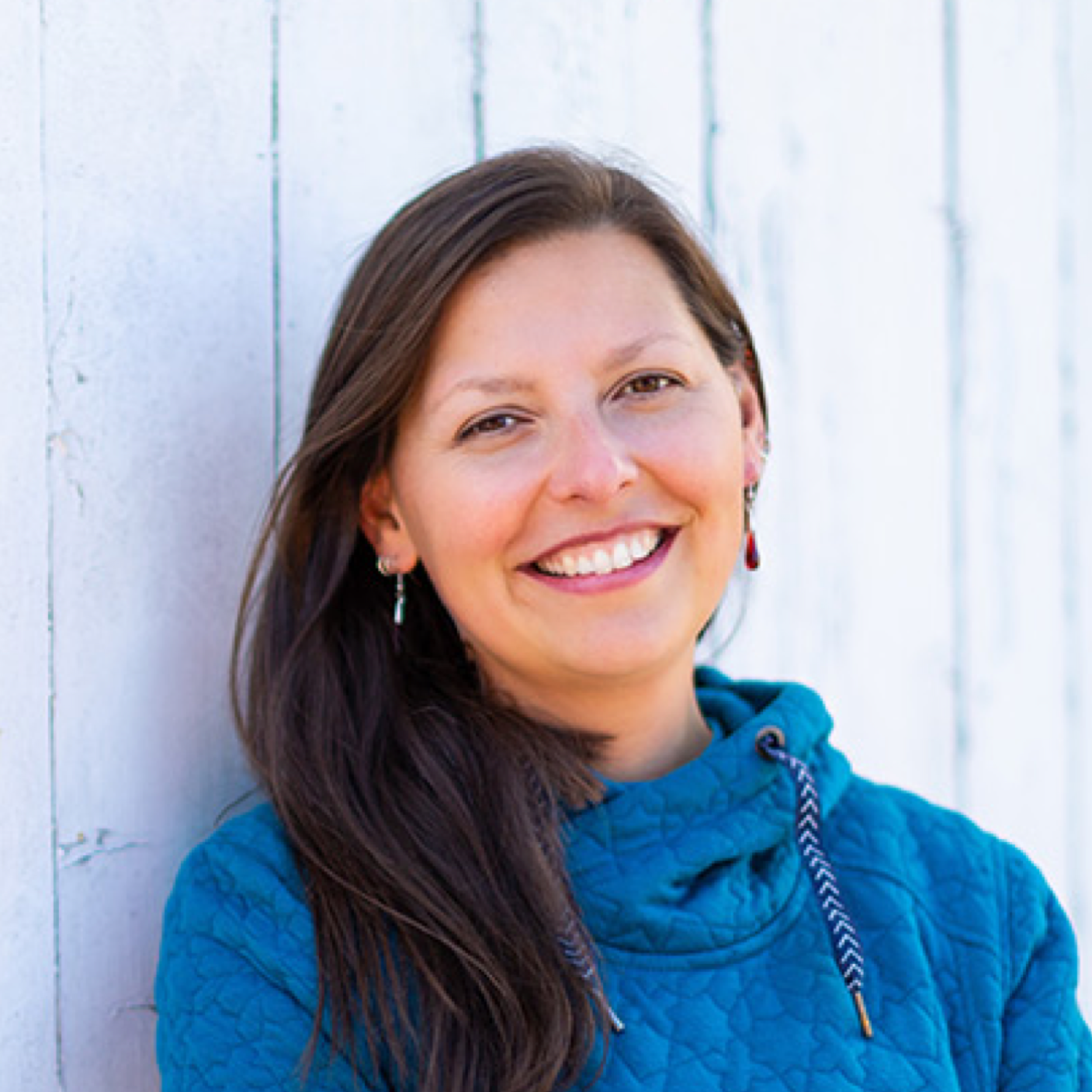
Hannah Smith
Director of Operations
Responsible for: Project delivery, HR and finance
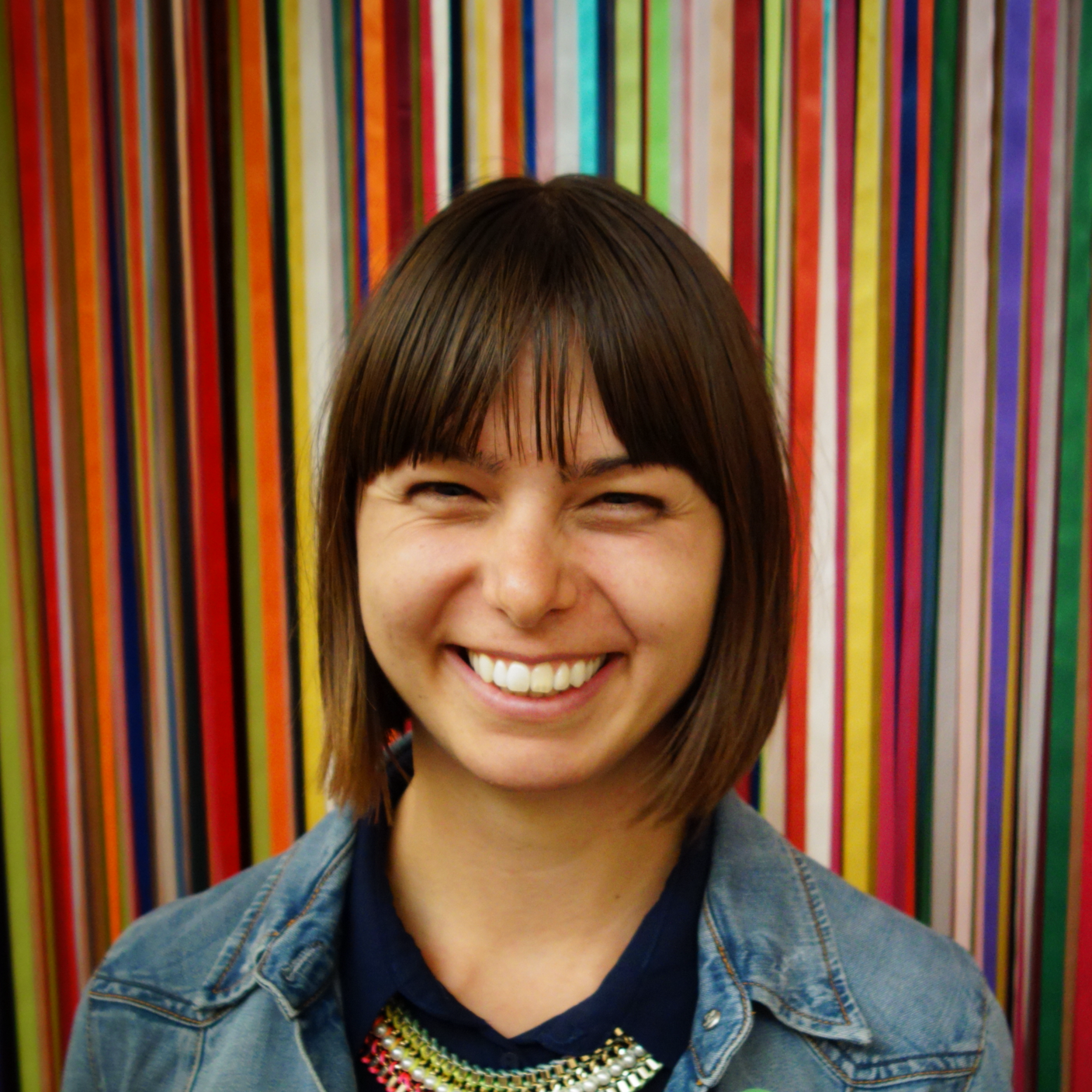
Michelle Thorne
Director of Strategy
Responsible for: Strategy and fundraising
How did we get here?
Note: this is a very abridged version of events from 2019 to the present day, written from my (Chris’s) perspective. Any omissions made here are to keep this post relatively brief and do not reflect the relative importance of any one person’s contributions to the Green Web Foundation over the years.
Back in 2019, after using the tools and data provided by the Green Web Foundation in my own work, I began working with its founders, Rene Post and AJ Tetteroo, to raise some funding to accelerate the work of the organisation.
One of these funding sources ended up being a grant from the German Prototype Fund for a piece of work known as the Open Green Web. This was a public interest technology project to:
- open source the Green Web Foundation’s platform that powered its Green Web Check
- start creating open datasets tracking the transition of the internet away from fossil fuels
During this project, Michelle Thorne— a fellow traveller at the Mozilla Foundation at time who also had a shared interest in “Open” as a lever for change —began working with me too.
Together, the following year we published the first ever issue of Branch Magazine, partly funded by a grant from Climate KIC, netting an Ars Electronic Award along the way.
Michelle’s involvement built the momentum that then landed a grant from the Internet Society Foundation the following year in 2021 to run the first ever cohort of the Green Web Fellowship programme. This fellowship programme was set up to explore the intersection between climate justice and technology and continues to this day. Mozilla also offered a grant to support this programme and a secondment for Michelle to Green Web Foundation so that she could better nurture Mozilla’s new sustainability portfolio as well as co-build the Green Screen Coalition.
One of the first fellows was Hannah Smith, and towards the end of the fellowship, she took a chance on the Foundation to work with us, after we landed a place on the Climate Subak Non-profit Accelerator programme. This was a programme specifically set up to help non-profits using open data in their theory of change, help them develop their internal processes and overall maturity. Hannah’s background as both a technologist and a programme manager at the UK Environment Agency was a godsend here (see our post about our experience of the programme).
Speaking personally, I began working full time for the Green Web Foundation as an employee in 2022. The executive director is typically the first hire in a non-profit organisation as they professionalise, and that’s what happened here too.
Since 2022 with the three of us on board – myself, Michelle and Hannah – we’ve effectively been working as a leadership team making joint decisions, with a commitment to feminist principles. Why feminist principles? Because well, we think you need them to address the climate crisis properly, and we’re not alone in thinking this.
The thing is though: if in practice it’s the three of us making and owning decisions together to drive this organisation and our mission forward, then it makes sense to have the organisational structure better reflect how decisions are actually being made.
So that’s what we did – we formalised our process and changed our job titles to reflect this.
We think it’s working as we grow, it’s helping us build and keep a team and be more resilient.
Where now?
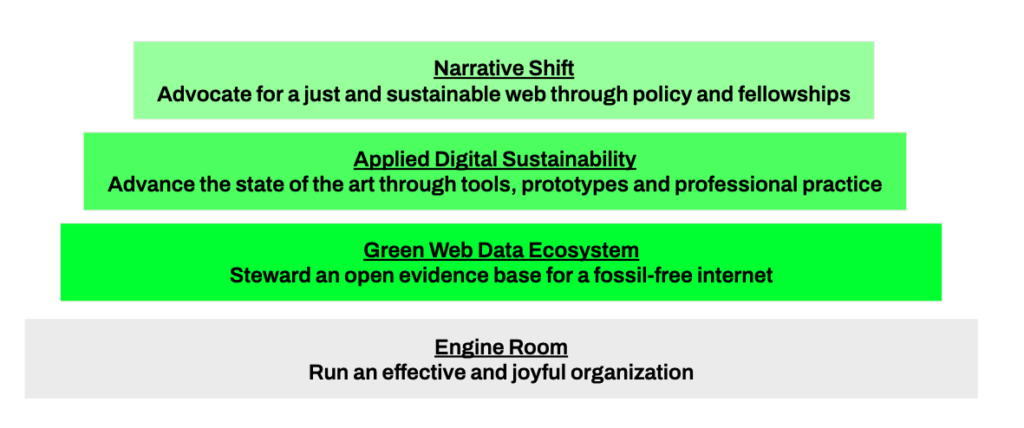
We’re halfway through 2025, and 2025 is itself halfway through the decade that began with us talking about a Fossil Free Internet by 2030.
We’ve kept publishing Branch to help deliver a narrative shift (with a new issue out this month), and we’ve gone from exploring climate justice and tech in our fellowships to convening it. Earlier this year, we helped convene more than a hundred civil society organisations to make clear, ambitious, and deliverable demands for policy makers on AI.
We’re now leading on developing industry standards for measuring carbon emissions and classing digital products as fossil free, to help shape applied digital sustainability (both useful if you want a fossil free internet).
Later this year, we intend to update our verification process to take advantage of both changes in the law, and what’s technically possible around making claims related to green energy, because we know we need a healthy green web data ecosystem if we want a fossil free internet by 2030.
The thing is, we’re not able to do any of this if we don’t pay attention to the engine room – how our organisation runs.
Along with building out a new board, moving to a co-leadership model puts us in a better position to sustainably work on all of the above, for the second half of this decade as the stakes grow higher.
In the coming months expect more posts sharing updates to our strategy and theory of change, from the rest of the co-leadership team.
Anyway. Onwards!
